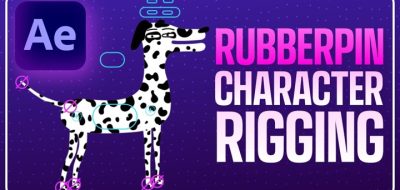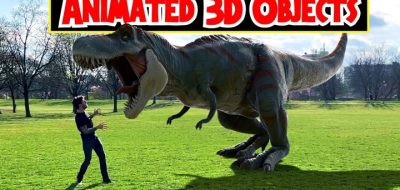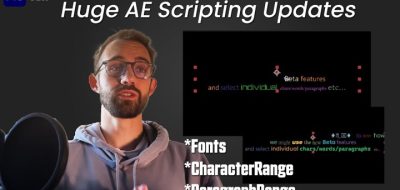Trying to create halftones in After Effects? You have choices. Plugin effects, Shape Layers, and expressions all can offer an avenue for creating the elusive but familiar printed pattern. Which is best? Again, you have to choose what’s best for your current effect. Mikey Borup shared a method for using Ae Shape Layers and the Camera Lens Blur effect that was quick and simple to put together. Joe Clay chose to take a different approach using CC Ball Action to define the dot pattern.
Halftones
Small issues with each can be found. You might feel that the camera lens blur’s performance lackluster (and rightfully so), and the ball action lacking in control over the random size of the dots. There is another way that can easily alter the size of the dots, while not using any computer-taxing effects. In fact, it’s just based on standard blend modes.
Halftone In Motion
Joseph Francis (DigitalArtForm) is a design, director and visual effects supervisor in Los Angeles, who walks through a process for creating halftones in After Effects without the use of plugins, expressions or anything fancy other than a deep understanding of layer blend modes.
Use Blend Modes
In actuality, “No effects” is a bit of an exaggeration as the halftone technique relies on Ae’s gradient effect — so technically, there is one effect that needs to be involved. The magic comes from understanding what the Hard Mix blend mode operator works and the effect it creates for output.
Joseph walks through the underlying concepts in Photoshop, and then extends those same principles to After Effects in the video. The technique Joseph to create halftones in After Effects is rather elegant and fast to make, while still being very flexible. Changing the footage doesn’t break the system, and it’s still pretty easy to add color to the effect. Halftones this way come at a small cost to the artist and the computer at the same time. Fantastic!






